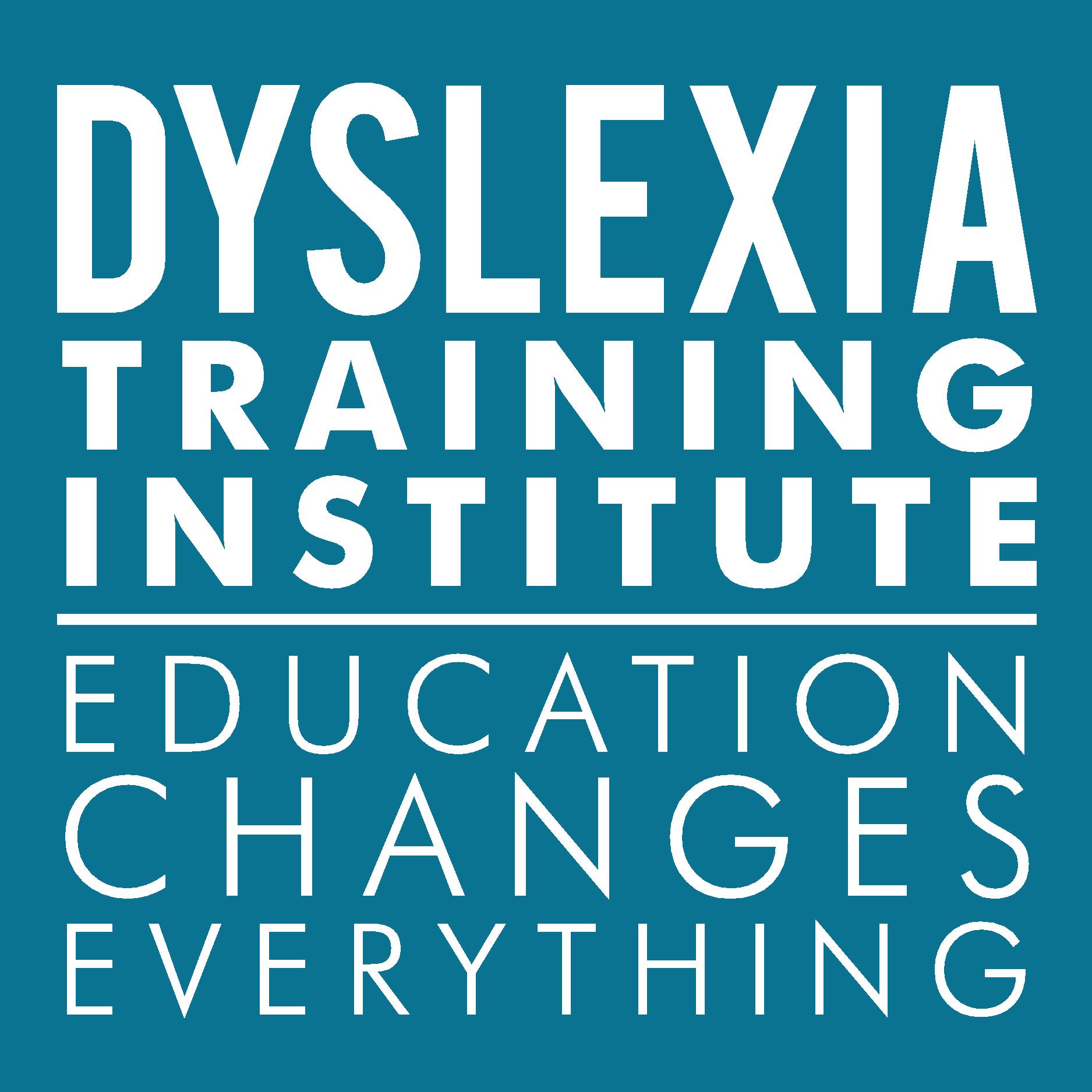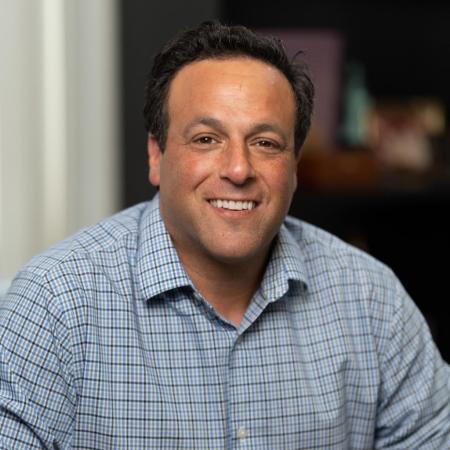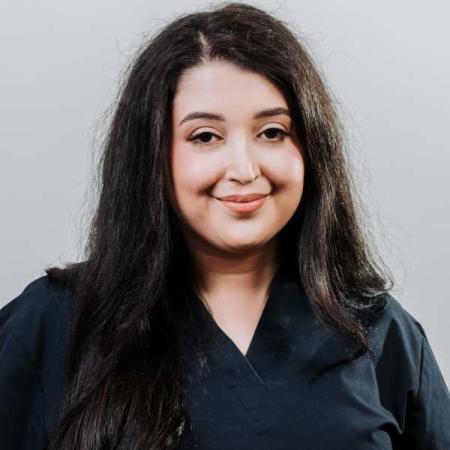
These days it’s pretty hard to deny the existence of dyslexia. We know that it affects up to 1 in 5 people. We know that it occurs on a continuum from mild to profound. We know that it affects a student’s ability to decode and spell words. We also know that students with dyslexia are often intelligent and creative. We know that with the appropriate intervention, students with dyslexia improve their reading and spelling skills, right along with their the improvement of their self-confidence and academic achievement. So, what is this ‘appropriate intervention” anyway? Well, read on to find out…
Let’s take care of a few basics first:
• An intervention for students with dyslexia should include phonology, morphology and etymology in an explicit, multisensory and structured manner.
• Orton-Gillingham is an approach, not a methodology. There are many programs that were developed based on the Orton-Gillingham approach. The Orton-Gillingham approach itself is not owned by any company or organization.
• Anyone working with a student using Orton-Gillingham should be trained and this training requires a supervised practicum. A three-hour or one day training is not sufficient.
• Structured Word Inquiry (SWI) is also an approach to teaching the underlying structure of English and is based on the students’ inquiry and investigation into the morphophonemic nature of English via the study of etymology, meaning and phonology of words.
• Spelling and the grammatical categories of words to help understand spelling, should be a integral and central part of any intervention.
Students with dyslexia require an intervention that explicitly teaches the underlying structure of English. Now, that word ‘explicitly’ is very important. The Oxford dictionary defines the word explicit as, ‘Stated clearly and in detail, leaving no room for confusion or doubt.’ This is exactly what an appropriate intervention does for a student with dyslexia, the teacher and student together discover exactly why words are spelled and pronounced the way they are, it leaves no room for confusion. In fact, the student who receives the appropriate, explicit intervention knows why words are spelled the way they are and can explain those reasons to anyone who asks. For example, a properly trained person will be able to explicitly explain to a student why the word <circus> has two different phonemes /k/ and /s/, represented by one grapheme <c>. They will also be able to explain that the suffix for the word <action> is <-ion> and the base is <act>. They will then take that a step further and notice the phonology change for the grapheme <t> in the word <act> to <action> and the related word <acts> <acting> <react>, <reacted>, etc. This explicitness leaves the student with no confusion about the language.
Students with dyslexia require an intervention that is multisensory and provides guided support throughout the lesson, which requires an instructor to be present. The multisensory part is what is often missing from curriculum developed by big publishers and popular in school districts and computer-based interventions leave out the guided support. The Oxford dictionary defines the word multisensory as, ‘Involving or using more than one of the senses’. These ideas of multisensory and guided support run contrary to the fill-in-the-worksheet and repeat-after-me scope and sequence of most curriculum. If a student is receiving a program that is multisensory they are using more than their eyes and ears to learn. For students with dyslexia who are learning the structure of English, this means they are also manipulating word parts on cards, grapheme (letter) cards, using word matrices and building word sums. Word sums are the formula of a complete word that included the base and any affixes from the complete word. For example, a student who is explicitly investigating the word <signal> using multisensory techniques will hypothesize and write out the following word sum, while simultaneously announcing each letter, verbally checking for changes to the base word along the way and then rewriting the word, and the word sum looks like this: sign + al —> signal. Then he notices the base is <sign> and discovers the reason for the <g> in that word. They will also be manipulating grapheme cards to blend simple words and learn how the phonology of each grapheme blends together to create a pronounceable (readable) word. For example, they will have the grapheme cards <c> <a> <t> out on the table and using their fingers to trace below the word from left to right, they will be able to decode the new word. Do you see how all the senses are involved?
Students with dyslexia require an intervention that is structured. This means that the eclectic approach is not acceptable or appropriate. A little of this and a little of that is the opposite of structured. The Oxford dictionary defines structured as, ‘The arrangement of and relations between the parts or elements of something complex’. And if English isn’t complex (it’s not crazy) then I don’t know what is. For a student with dyslexia, this means that the person implementing the program understands what a student needs to know about one part of English before they can successfully move on to the next. For example, a first grade student may need to know that the grapheme <c> can represent more than one phoneme, /k/ and /s/, like the word <circus> listed above before they move on to the different phonemes of <g> which are /g/ and /j/. They will also learn that digraphs like <ch> can represent three different phonemes before they can decode a word like <chef>. In the Orton-Gillingham (OG) approach, the structured requirement is fulfilled by teaching syllable types (6 or 7 syllable types depending on which program is being used) in a structured sequential progression. When using Structured Word Inquiry (SWI), this requirement is fulfilled by having students become proficient at finding bases and affixes and applying that knowledge to increasingly difficult words.
Is your student receiving an appropriate intervention?



























